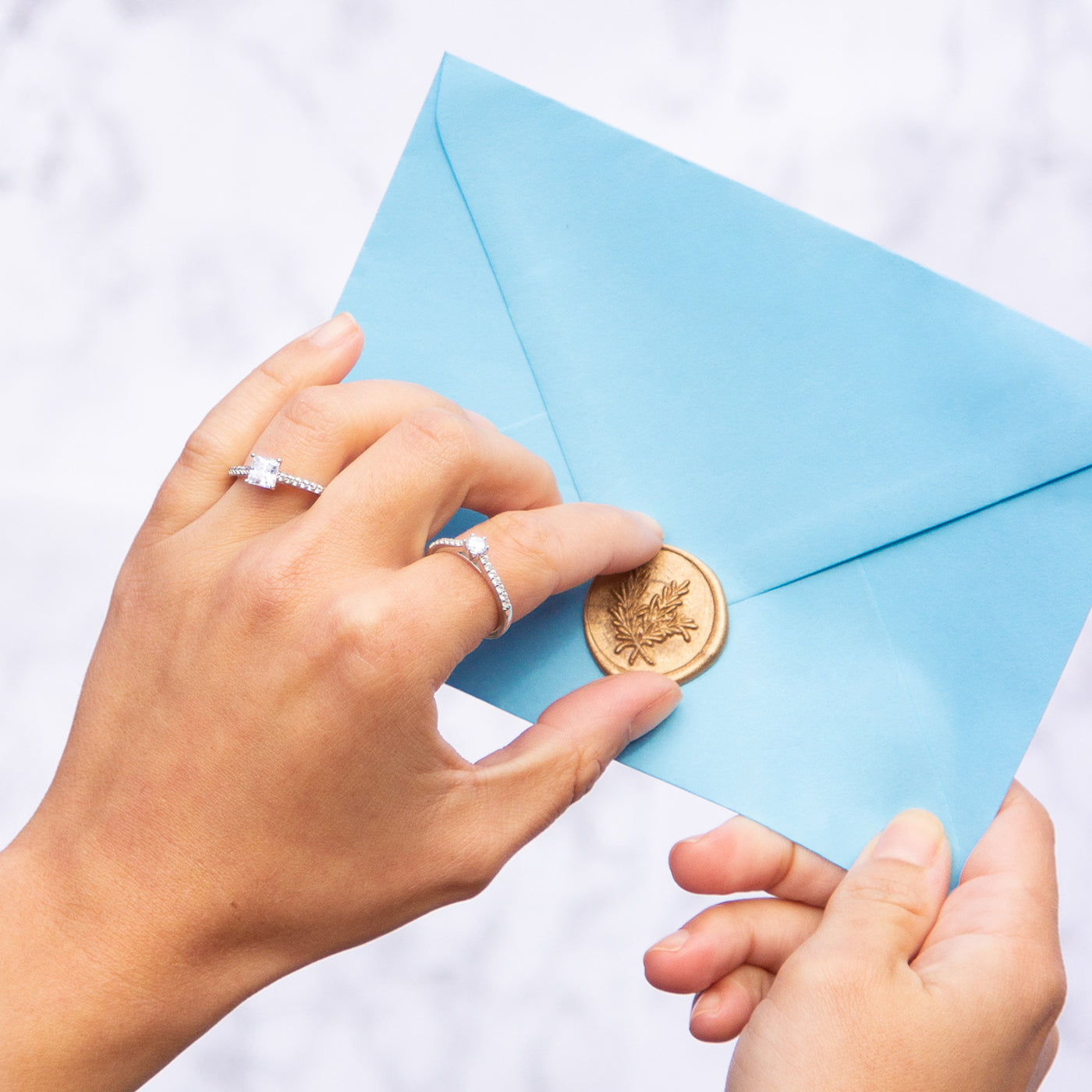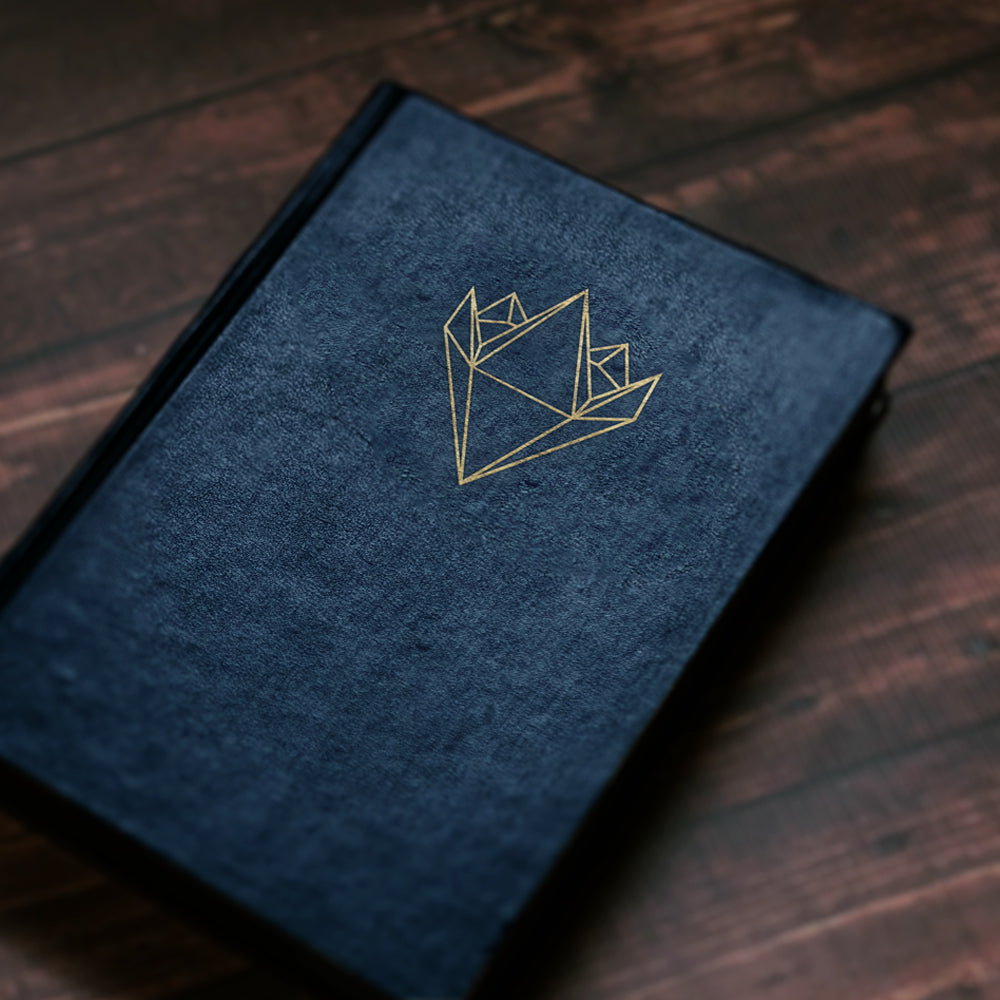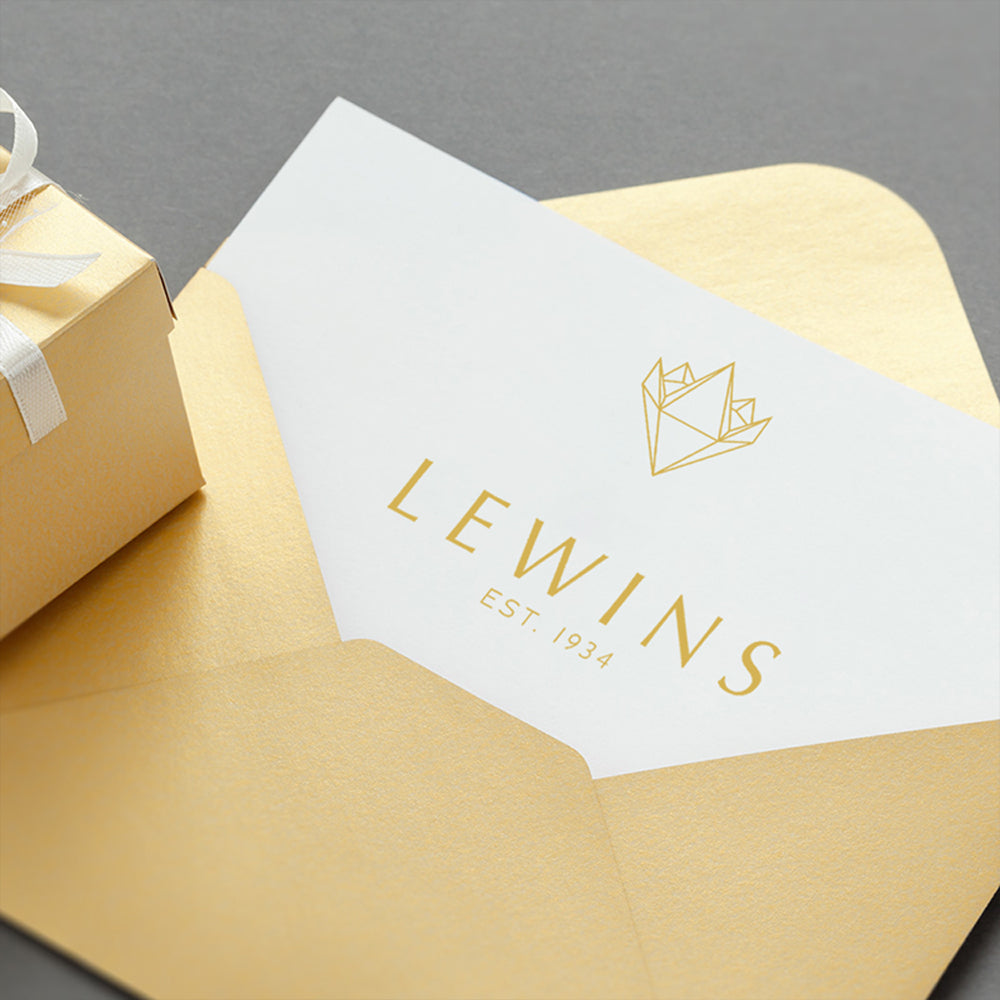Jewellery Odyssey:
The D for Diamond, range of children's jewellery & keepsakes has been lovingly created and responsibly made using sterling silver. All D for Diamond jewellery features at least one genuine, ethically sourced diamond. Representing the beautiful idea of giving a special little one, their first ever diamond, that they can treasure for years to come.
Gem Lore:
Pearls - the gemstone of the sea, dates back to the 5th Century BC whereby, ancient Romans and Egyptians would use the gemstone for adornment. In Greek mythology, it has been said that pearls were the tears of joy, shed from the Goddess Aphrodite. The gemstone was famously crushed by Cleopatra in a glass of wine, to prove to Marc Antony, that she could serve the most expensive dinner in history. Currently, pearls are thought to symbolise wisdom and serenity.
Diamond - derives from the Greek word ‘adamas’, which translates to ‘invincible’. Today, the meaning somewhat refers, to the gemstones excellent hardness (ranking 10 on Mohs' scale), hence diamonds are highly resistant to be scratched or abraded by another material, other than diamonds itself. Moreover, diamonds possess the magical phenomenon of fire, which relies on the facetted gemstones ability to disperse (split) light, into a rainbow of colours.
The ancient Egyptians thought diamonds symbolised life, and the Pharaohs were known to place the gemstone in the centre of an ankh cross. Whereas, the ancient Greeks believed diamonds to be the tears of the gods or broken splinters from fallen stars. Alternatively, in ancient Roman literature it is noted that Cupids arrows were ‘diamond tipped’, maybe one of the first references that associates the gemstone with love.
Our Safety Guidelines & Recommendations for Children wearing Jewellery:
Children under three years old, should always be supervised while wearing jewellery. Jewellery designed for children is smaller in size and can pose a choking hazard. Jewellery should be removed before sleeping, and not worn overnight.
Jewellery Care Precautions:
Avoid direct contact with: perfume, lotions, skincare, hairspray / other chemicals. Remove, your jewellery: when showering, swimming (as both chlorine and saltwater will react with metals), washing your hands / using hand sanitisers, before going to bed or when participating in physical activities (going to the gym, exercising, gardening, housework etc….).
Beware, metals may tarnish over time due to oxygen contact and natural body oils. Prevent items from being exposed to moisture and direct sunlight, for long periods. Store jewellery in a dry place away from humidity, in a pouch/jewellery box and keep each piece separated from each other. Care, for your jewellery by cleaning with a soft dry cloth.
Sterling Silver:
Silver as an element in its purest form, experiences very little tarnish, but it is far too soft and malleable, to be used in jewellery. To increase its durability and to make it easier to work with, 92.5% of pure silver is alloyed with 7.5% of copper.
Tarnishing appearing on your silver jewellery is normal. Over time and especially in humid conditions, the copper alloy naturally oxidises with the air, causing the silver to tarnish and discolour to yellow/brown/black. However, this tarnishing and discolouration, will speed up, if your jewellery comes into contact with: hairspray, cosmetics, perfume, body lotion, deodorant etc…
If you notice a greenish colour appearing on your fingers, neck or earlobes where you wear your silver rings, chains and earrings. This is because your jewellery has oxidised by reacting with: the natural acid (pH level of your skin), oils, moisture and perspiration of your body. Or from the lotions and perfumes applied to your body.
Remember to keep you silver away from any chlorine, acids or abrasives as this will begin to degrade your jewellery. It is best to practise our jewellery care precautions steps above.
For silver that has experienced a light tarnish, you can use a silver dip to help bring it back to life, this also helps to get into tiny crevices, that are hard to reach. For silver that has experienced a darker tarnish, using a silver jewellery cloth will remove more tarnish than a silver dip, as it is embedded with low abrasive chemicals. For silver that is heavily tarnished, using a silver polish or cream will help - however this is abrasive and we recommend to use with care and only when needed. Alternatively, the safe hands of our jewellery workshop can revive the beautiful silver shine of your jewellery.
Pearl:
Hardness: 3.5-4 | Toughness: Fair | Stability: Poor
Extreme Caution, Avoid: Sudden Impact (pressure, knocks), Cosmetics (hair sprays, lotions, perfumes, make-up), Chemicals (acids, detergents, solvents, nail polish remover), Heat, Extreme Temperature Change (thermal shock), Porosity, Jewellery Cleaners (dip, ultrasonic, steam cleaners).
Gemmological Observation: Clean using water and cotton wool, dry with a soft cloth. If strung, lay flat to dry to avoid stretching the thread. Regular, careful cleaning and restringing is advisable. Pearls may be damaged by: household cleaners, mild acids such as the natural acid secretion from the wearers skin, exposure to mild heat will cause dehydration - which will lead to cracking and powdering of the surface. Nacre can be scratched easily, avoid wearing whilst doing any activity which can cause abrasion. Avoid dry/hot storage conditions. Do not soak in jewellery cleaners.
Remember, when dressing or undressing, pearls should be last on and first off.
Diamond:
Hardness: 10 | Toughness: Good | Stability: Excellent
Low Caution: A very durable gemstone, generally it is safe to use in; Jewellery Cleaners (Dips, Ultrasonic, Steam Cleaners).
Gemmological Observation: Diamonds have excellent hardness, this means only a diamond can scratch/abrade another diamond. To avoid scratches, store your diamond set jewellery separately. Diamonds only have good toughness, as they possess perfect cleavage. This means that if knocked in the wrong direction, the diamond can cleave/fracture. Whilst wearing, you will need to avoid: Sudden Impact (sharp knocks). If the diamond is heavily fractured, you will need to avoid using: Jewellery Cleaners (ultrasonic, steam cleaners).
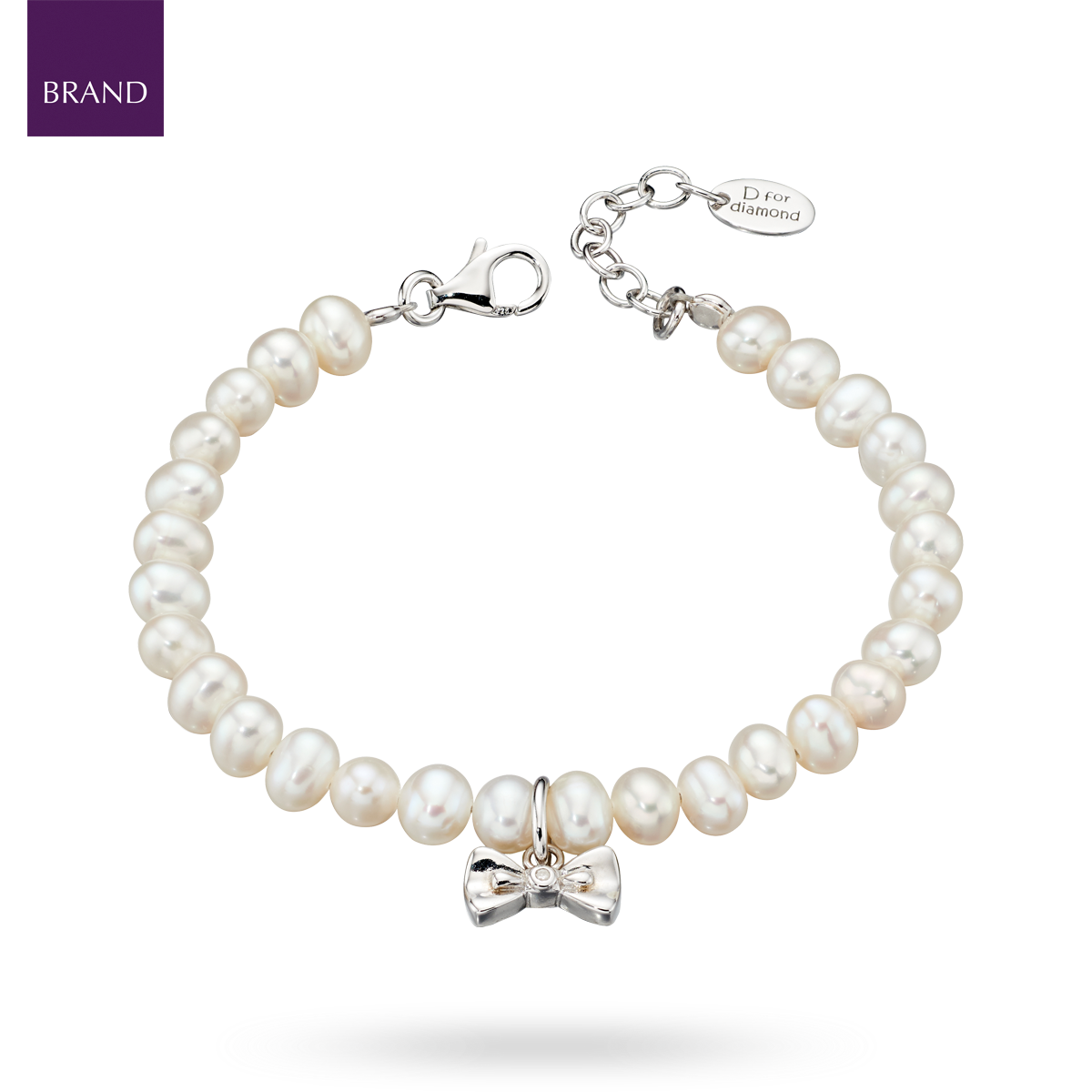
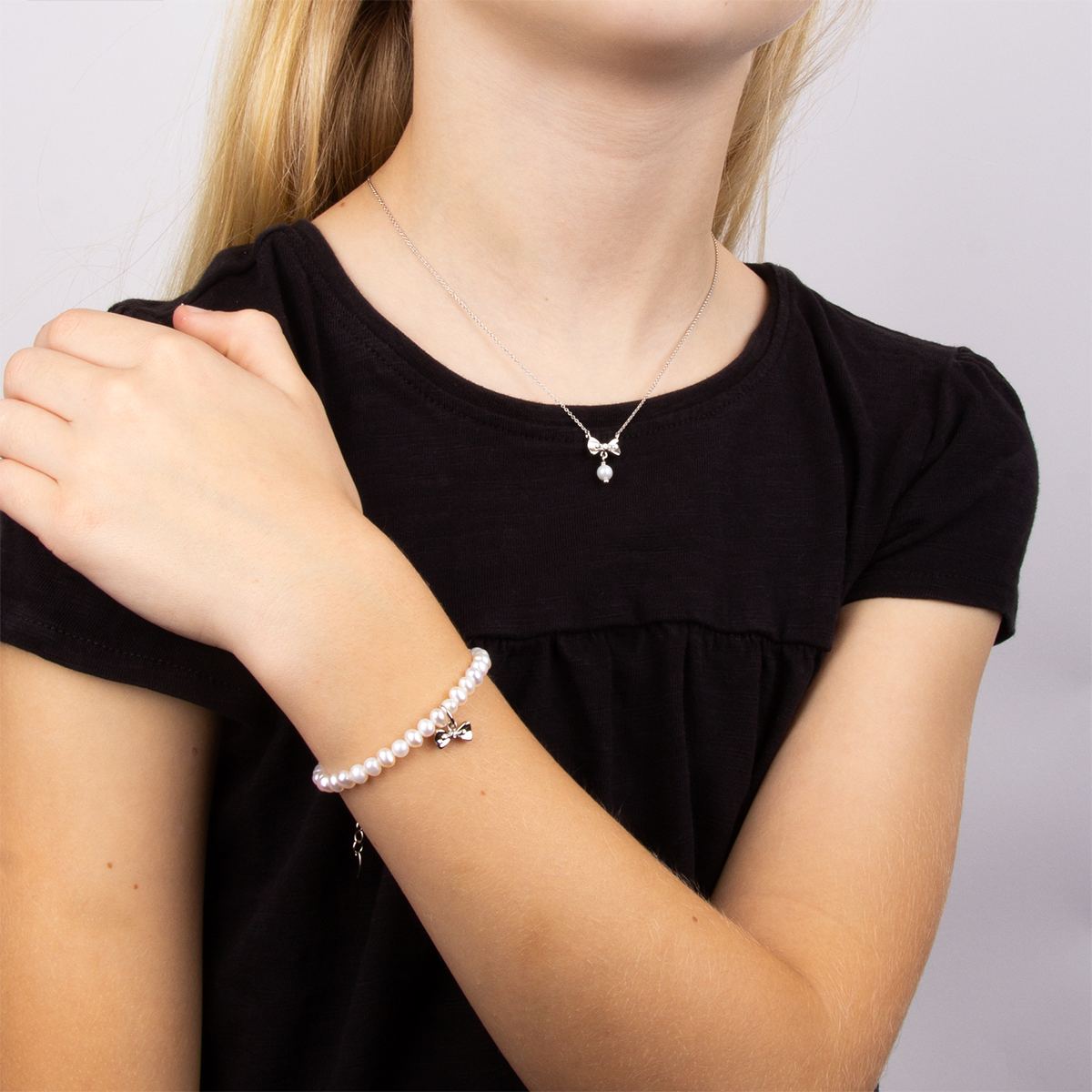



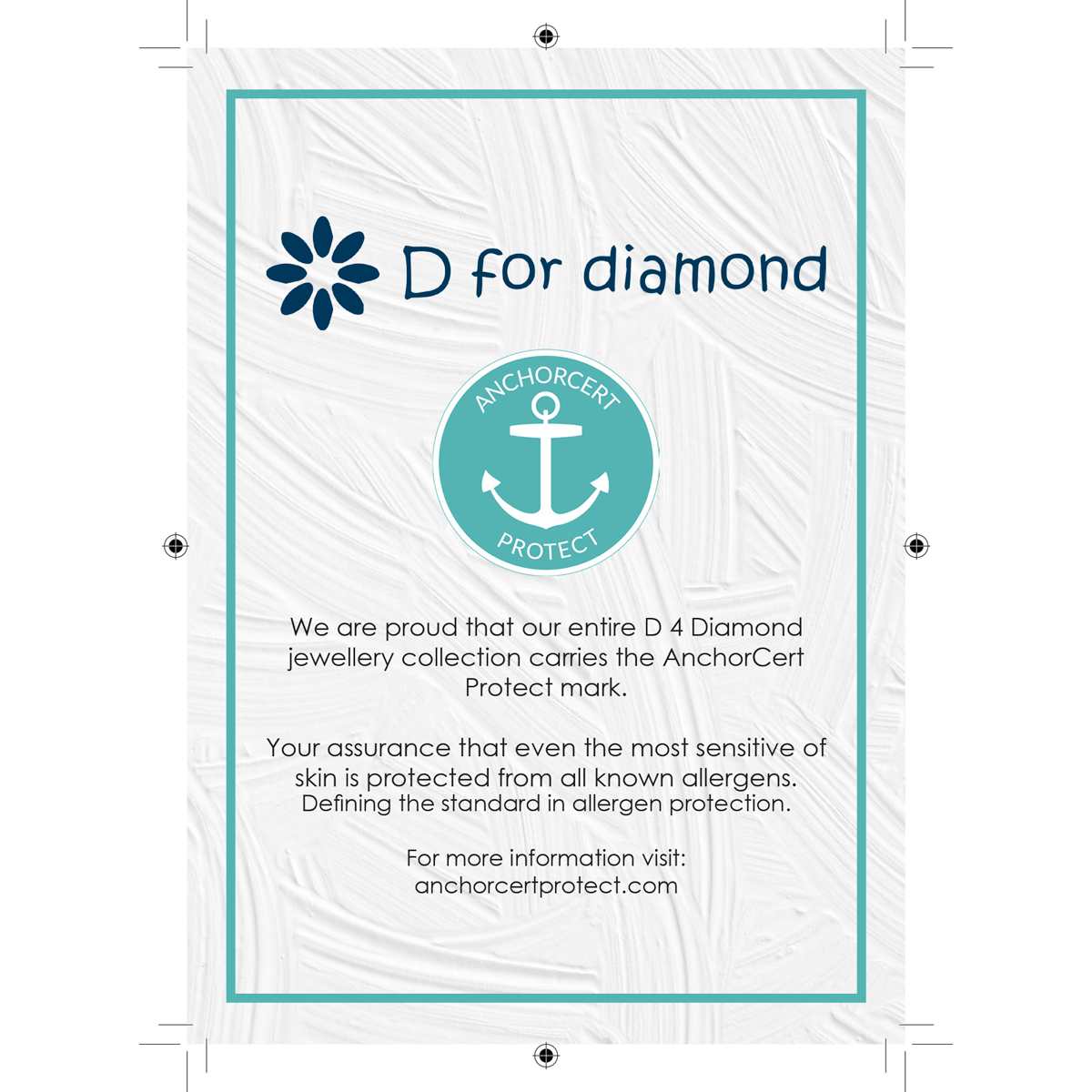
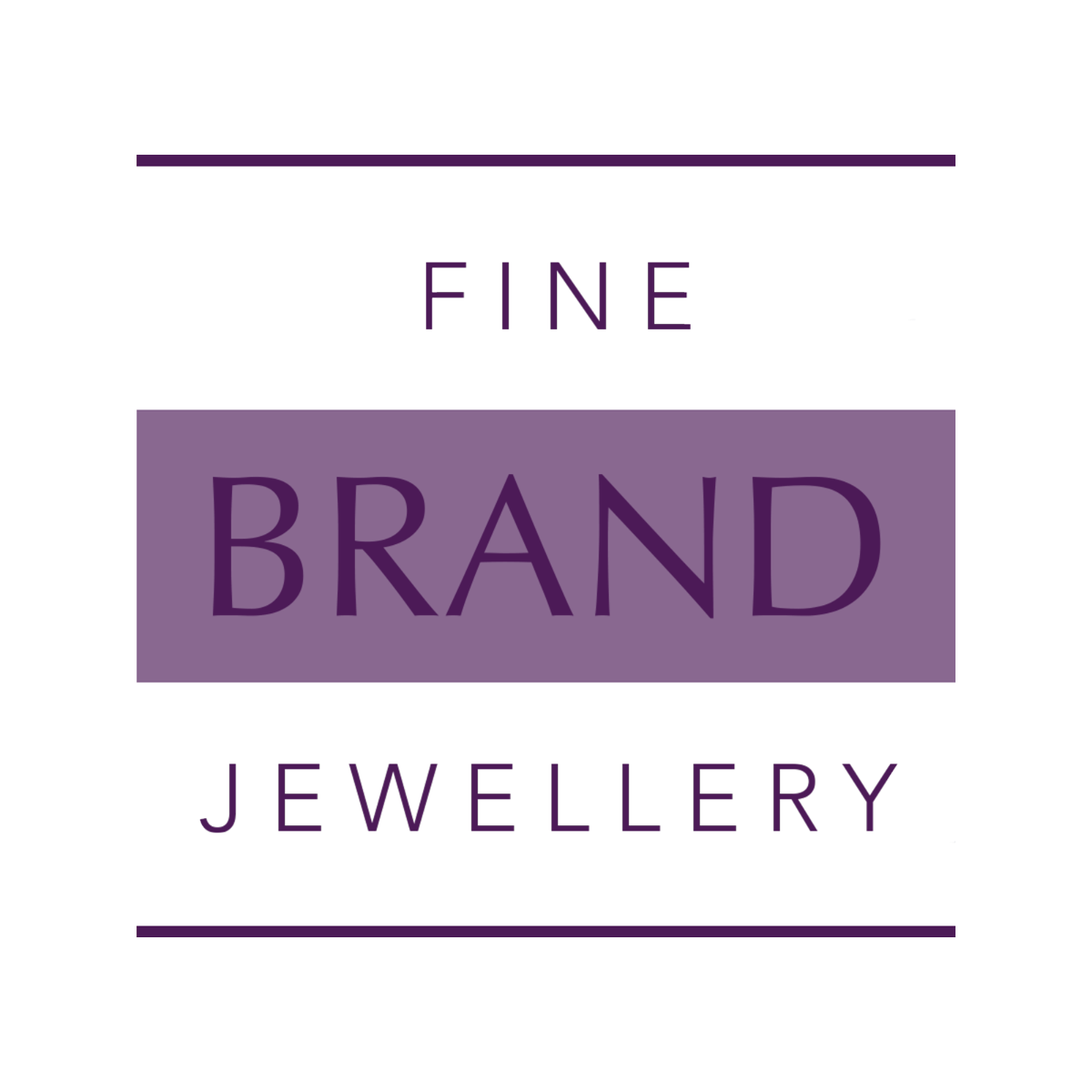
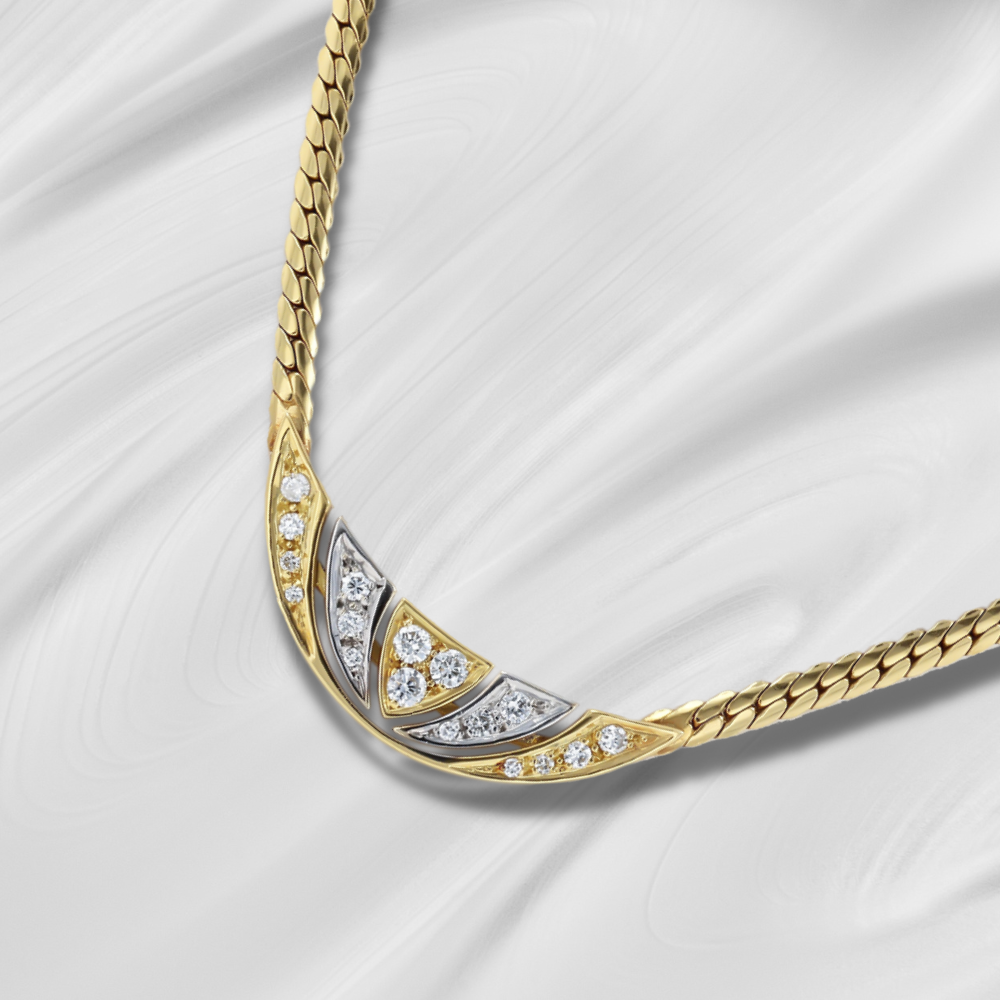

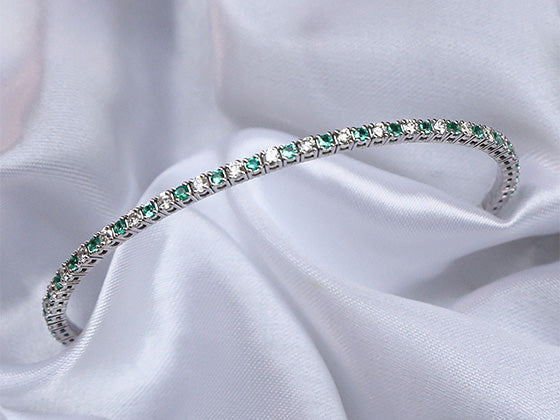

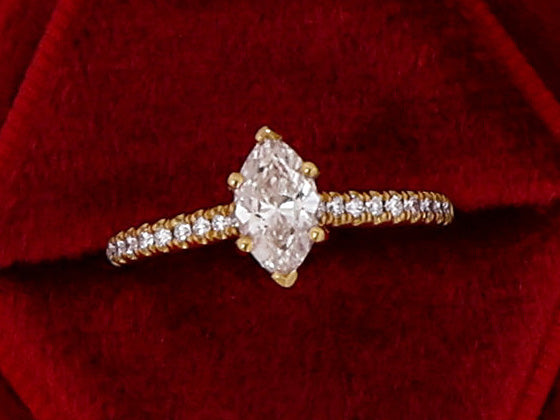
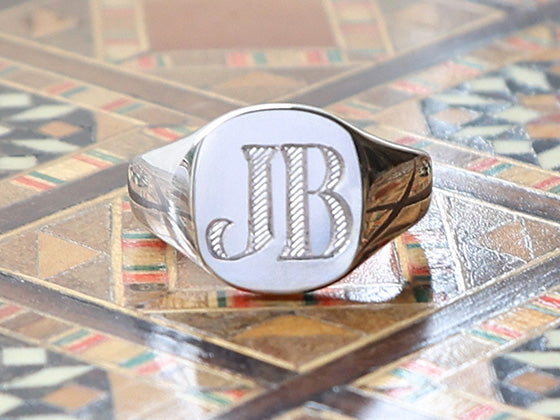
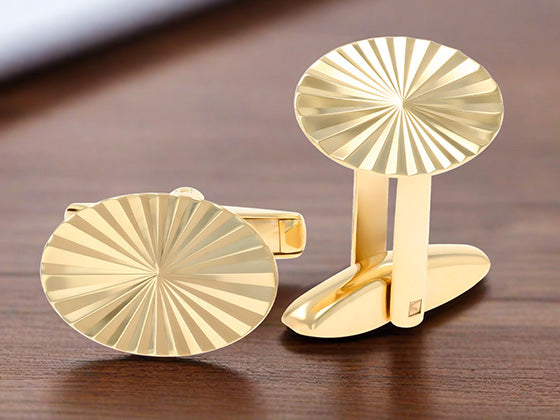
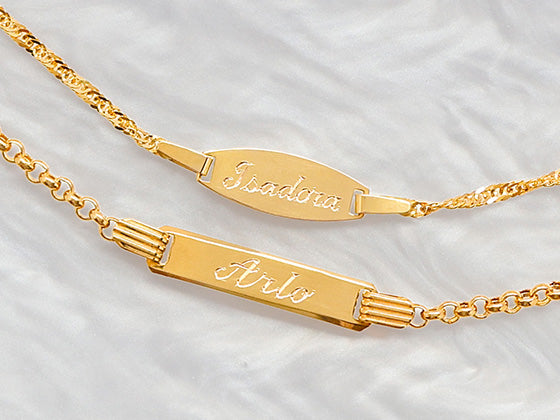
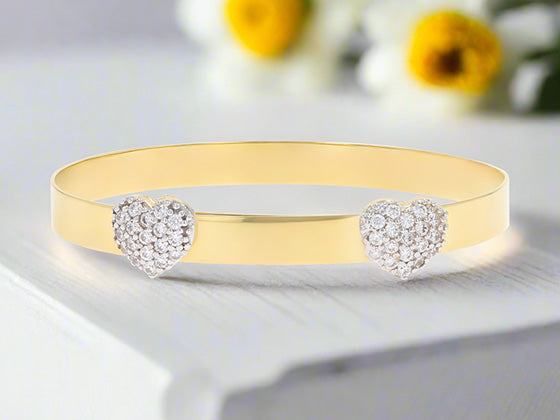
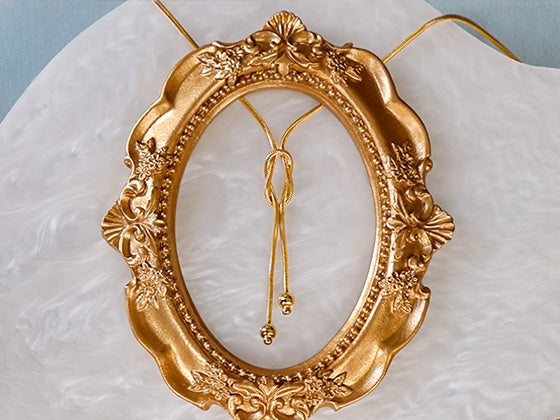
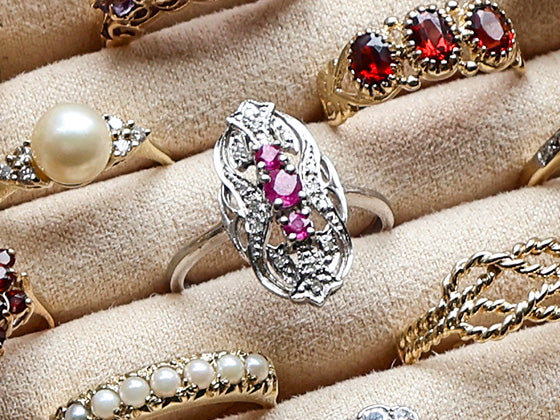
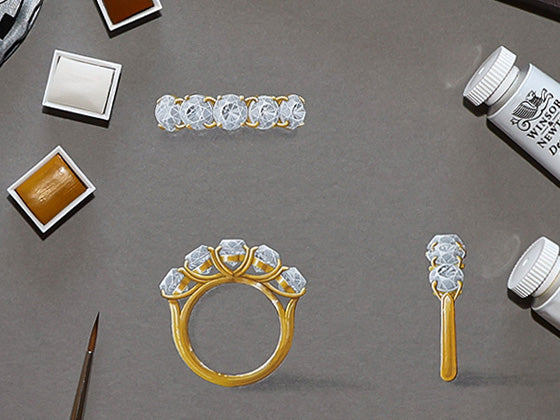
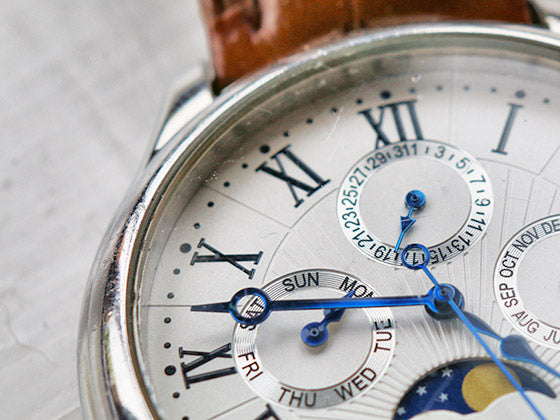
 Contact Us
Contact Us





